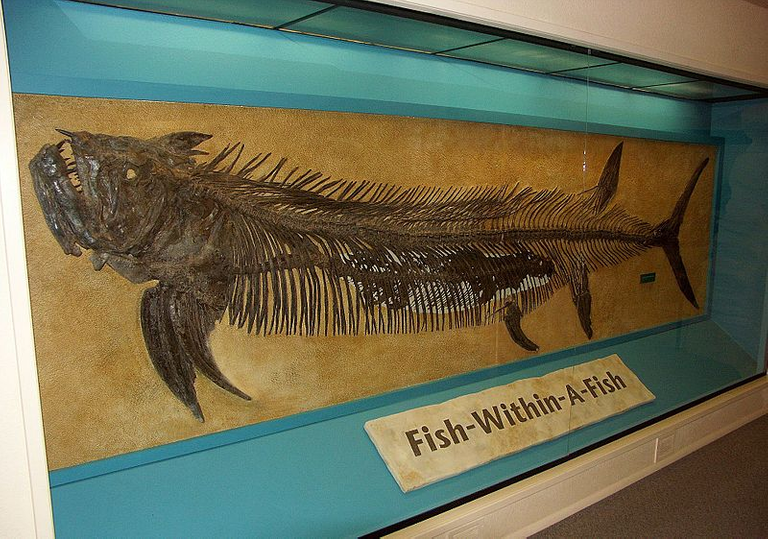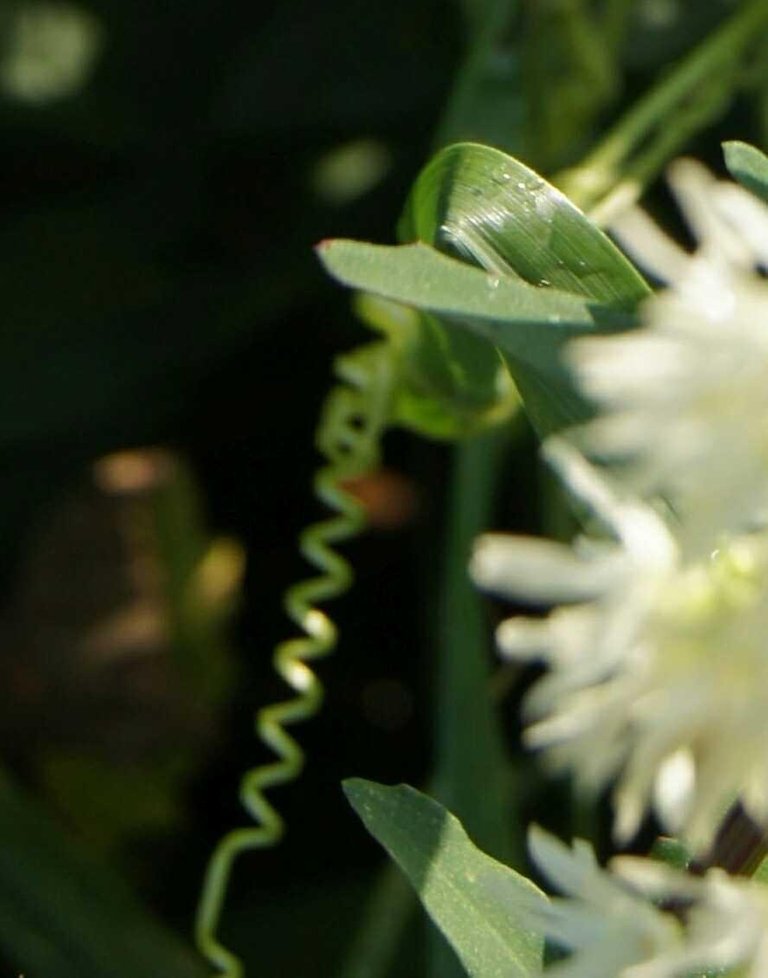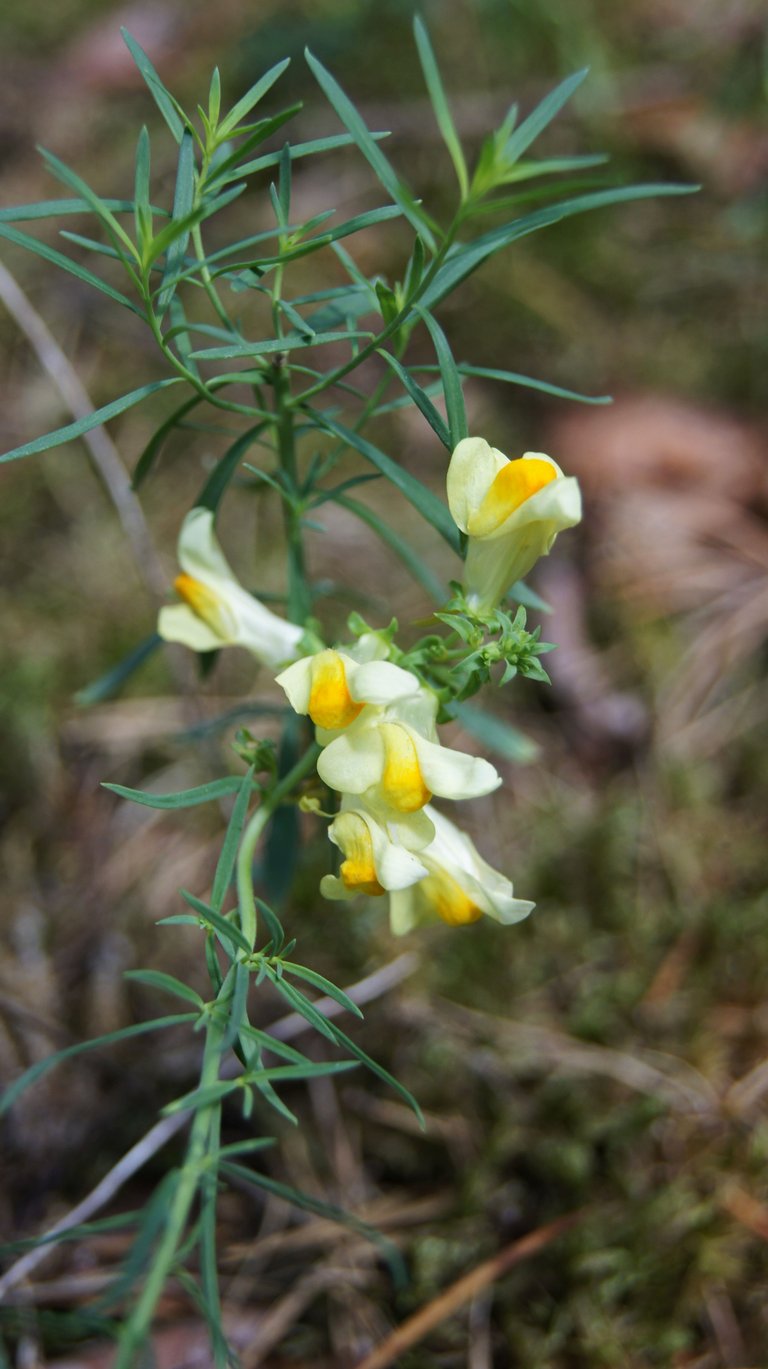It's time for the weekly nature identification thread! Post pictures of plants, animals, rocks, or other cool stuff that you've photographed but can't identify, and I, along with anyone else who would like to help, will try and help you identify it. I'll be making some changes to it- most notably, I'll be using the SBD proceeds from this post to give out @steembasicincome memberships to people who post stuff to be identified or help me identify photos.
Xiphactinus ("sword-ray") was an extraordinarily aggressive predatory fish alive during the late cretaceous. They grew to 20 feet in length, and were some of the most terrifying things in the ocean at the time. They're frequently found with other fish fossils in their stomach- pictured is a 13 foot long xiphactinus with a 6 foot long Gillius arcuatus in its stomach. (The xiphactinus probably died from injuries from the smaller live fish struggling inside it.) This specific fossil can be found in the Sternberg Museum in Hays, Kansas- in fact, just about every natural history museum in Kansas has them, because not only was Xiphactinus discovered in Kansas, but it remains the best place to find their fossils.
Remember: The most important information you can give along with any photo to be identified is its geographical location. This narrows down the range of possibilities more than any other info you can provide.
Plants:
Along with the photo, add where you found it, the time of year, the approximate altitude, and any interesting scents or textures not caught in the photo.
Animals:
Along with the photo, add the location you found it, the time of year, the sounds it made, any interesting behaviors, and any other features not caught well in the photo.
Rocks:
Along with the photo, add the location you found it, a description of the terrain it was found in, whether it was attached to a rock outcrop or found loose on the ground or buried in the soil, a description of its texture (especially its grain size), and a description of its weight and density. Fossils are included in this category. (Despite my greatest expertise lying here, rocks tend to be some of the hardest things to identify in a photo.)
Fungi:
I will not be identifying mushrooms and fungi for foraging purposes. Mushrooms should really only be identified for foraging purposes in person and by an expert. If another contributor wishes to identify them, that's their call, but I encourage them to be similarly cautious. I might also try to identify a few fungi that are clearly not being looked at for the purposes of eating, but that'll be a case by case decision.
@yvesoler, @artofwisdom, @snowyknight, & @roxy-cat all earned @steembasicincome memberships for submitting to the last nature identification thread or helping identify submissions. Congratulations!

@roxyknight? 🙂
Hah, fixed! Haven't actually purchased the @steembasicincome shares for this post yet, so no harm done!
I was not thinking about the shares. It was funny how you combined our names. 🙂
Nice! i like @snowycat and @roxyknight almost as much @roxy-cat and @snowyknight!!!!
Cheers @mountainwashere, thanks for the awesome thread as always and for supporting the microplankton!
Hmmm...indeed, awesome combination. 😂
@mountainwashere made a typo which turned into something funny. So big thank you for the support and entertainment.
Agreed! Cheers to @mountainwashere and @roxy-cat!
Thank you for the mention. You accidentally spelled my name wrong. it is @yvesoler with an "e". :)
Typos left and right today!
hehe... it happens! I have had my fair share of those days.
I wanted to express my gratitude for your posts by including it in my first attempt to put together posts specifically for biomimicry professionals. You can find it here!
Awesome, that's super cool!
Thank you for sharing your knowledge and teaching us!
Let me post another one :)
Poland, town's outskirts, 3 weeks ago.
Hmmm. It has what appears to be angular leaves, a single stalk, and down dropped white divided petals.
But the petals look a bit different than the Herminium monorchis, although it does look similar... hmmm??
It looks like some Herminium plant. Just a shot in the dark, Herminium monorchis, musk orchid.
https://en.m.wikipedia.org/wiki/Herminium_monorchis https://pl.m.wikipedia.org/wiki/Miodokwiat
My guess was Platanthera bifolia but that's also not it as the flower's shape is different.
No, it's not Platanthera bifolia. Do you have a photo with its leaves?
Apart from Herminium monorchis, the flower looks like wild cucumber's. But I don't think this is the case.
I guess that's not it as the single flower stems are delicate and thin and in Herminium monorchis they're much thicker and solid. But the whole plant look very similar.
It is a wild orchid, that's for sure. But which one?
Just one more try: Echinocystis lobata, wild cucumber.
I checked the photos again and noticed this tendril
@artofwisdom, do you know if the tendrils were linked to this plant?
i have to check that one live as there was many plants around and between and not sure if any leaves in the photos belong to that flower. i will be going there in the next few days.
Yes, this is the best way to proceed. 🙂
is it perhaps a fools onion?
Brodiaea hyacinthina if it is non the musk orchid??
Nope.
Had to try! That one is tough!!!
if that would be a musk orchid, it is a critically endangered species in Poland and strict protection zone have to be established... maybe it's a new species :)
i may go there next week to take some more pictures like leaves.
That would be interesting! It is pretty cool that going out with a camera and observing nature can help us understand just really what is out there! I hope to visit the forests of Poland one day!
Looking forward to more photos!!
Poland, forest, 2 weeks ago.

Perhaps...Linaria vulgaris or the yellow toadflax.
https://en.m.wikipedia.org/wiki/Linaria_vulgaris
looks like it :) thanks!